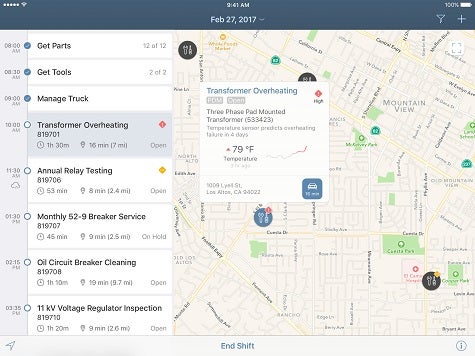Following an alliance with Apple announced last year, SAP today at a Mobile World Congress 2017 conference unveiled a software development kit (SDK) that can be used to integrate native iOS applications with both SAP and third-party applications.
Richard Knowles, senior vice president and general manager for the Apple Partnership at SAP, says the SAP Cloud Platform SDK for iOS makes use of the OData middleware based on REST application programming interfaces (APIs) and a set of complementary specifications and code defined jointly by Apple and SAP to enable business logic to be more easily embedded into mobile applications. By embedding business logic on those applications, Knowles says, IT organizations can better take advantage of the capabilities across mobile devices and backend infrastructure to create a richer end-user experience.
Knowles says that capability, however, does not eliminate the need for cross-platform HTML5 application development frameworks such as SAP Fiori. But it does mean that organizations will need to evaluate the tradeoffs between building a native iOS application infused with business logic versus an HTML5 application that needs to run on multiple types of endpoint devices, says Knowles.
In general, Knowles says, most organizations are struggling with just how to infuse mobile devices into business processes. The SAP Cloud Platform SDK for iOS includes user experience modules intended to help organizations to figure out how to go about navigating that transition.
Knowles says SAP is deliberately pursuing open technologies to achieve that goal to give developers an alternative to the lower-level toolkits and APIs they have to master today to build enterprise-class iOS applications.
Those applications, adds Knowles, will not only enable businesses to extend their reach to mobile devices, they will eventually decide which organizations win the war for talent in the years ahead.
“Employees want to be able to work the way they live,” says Knowles.
In the meantime, Knowles says IT organizations would be well advised when it comes to mobile computing to stop thinking in terms of one-off application projects in favor of an approach that adds a mobile computing element to business processes in every conceivable way.



